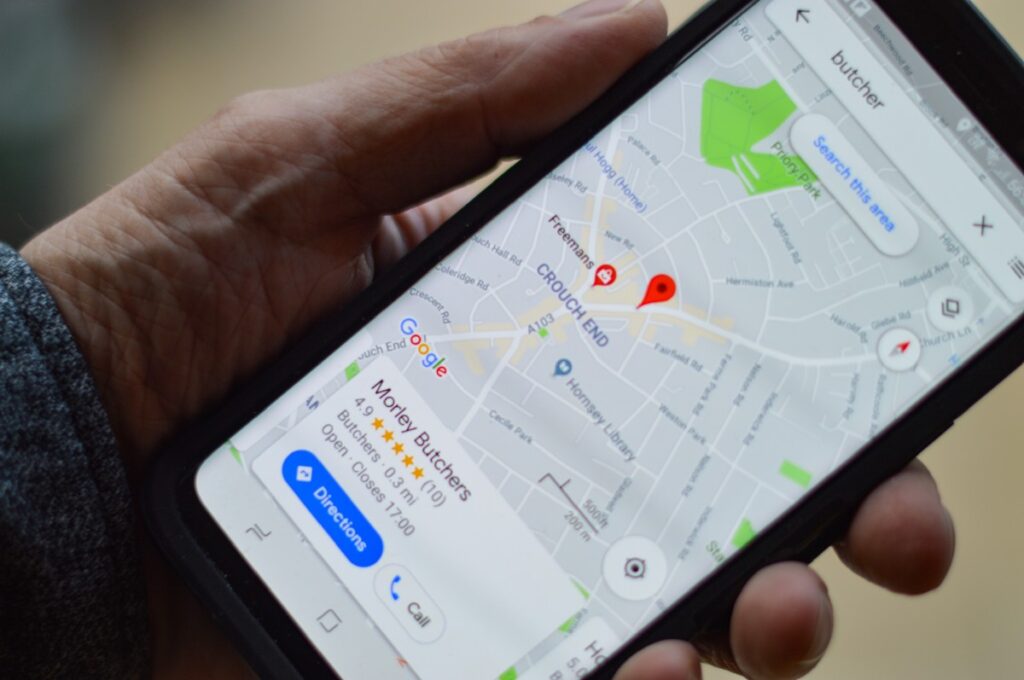Through services like Google Earth, Google Maps, and Google Business Profile, Google has invested a significant amount of resources in making geospatial data easily accessible to the general public.
It seems sense that some people would wish to rely on the company’s Places API to obtain location-related data while developing applications. But what is the price of the Google Places API? When you give that subject some serious thought, it may become clear that Google’s answer isn’t the most cost-effective one. In this article we will tell you if it is for your business.
How Google Places API pricing works

Source: towardsdatascience.com
The cost of the Google Places API is based on a “pay as you go” system. If you’ve never utilised premium services on Google Cloud or the Google Maps Platform, you can enjoy a 90-day or $300 credit free trial of the Google Places API (which includes the Google Places API). You also receive monthly free request credits worth $200.
Beyond that, your company will need to calculate how much it utilises each of the Google Places API’s numerous services (SKUs) and then allocate funds accordingly. Then, in order to put credit on its account for one of three service tiers, it must pay in advance. Additional fees will apply if your business uses the Google Places API more than the credit it purchased.
Pay-as-you-go pricing model where you pay by SKU
Pricing for Google’s locations API is based on stock holding units (SKUs). As a result, it charges based on how frequently its services are used and charges at various rates for various services. Each SKU has three price tiers: one for 0 to 100,000 monthly requests, one for 100,0001 to 500,000 monthly requests, and a third for more than 500,000 monthly requests. Using the Google Places API pricing calculator, you can determine how much money your business may anticipate to pay each month.
How to Choose the Right Places API Platform

Source: respond.io
When it comes to selecting a places API platform that best fits your business needs, there are several different factors to consider. First and foremost, do you want the platform to offer features such as geo-location services, review APIs, and place search capabilities? It is important to select an API platform that contains the functionality needed to provide customized solutions for your business.
Additionally, when comparing Places API platforms it is essential to consider the pricing plans available. The majority of providers have a range of pricing options depending on the number of monthly requests you anticipate needing. For businesses with specific needs, certain plans may include more advanced features and costs associated with them. Other places API platforms might offer alternative billing options such as prorated billing, custom quotes, or pay-as-you-go models. Make sure to evaluate all factors before making a final decision on the right Places API for your organization. You may also want to consider using an API management tool. This can help you manage your APIs more efficiently by providing features such as analytics, documentation, security, and developer portals.
Is it worth it for your business?
Small businesses can suffer as a result of the Google Maps API fee increase, but some developers like to think that the advantages Google offers outweigh the cost. Google Maps is constantly updated with more than 25 million changes and over 20 million user contributions in a single day since it uses real-time data that is provided by its enormous user base. It was created with machine learning capabilities, and it guarantees an optimised user experience across devices and entity teams, encouraging teams to continue using it despite rising costs and the availability of other open-source options. Development teams are grateful for the distinctive features provided by Google Maps in terms of UX and interaction, which are significantly more advanced than those of its rivals.



